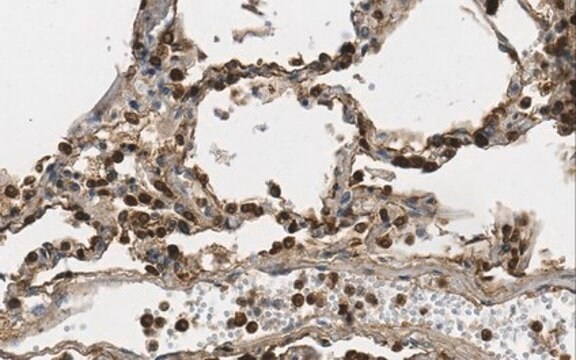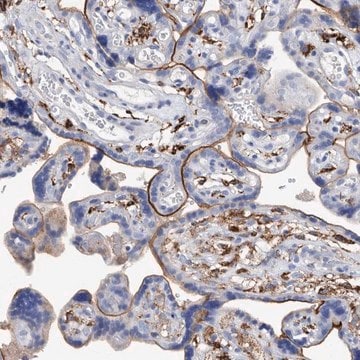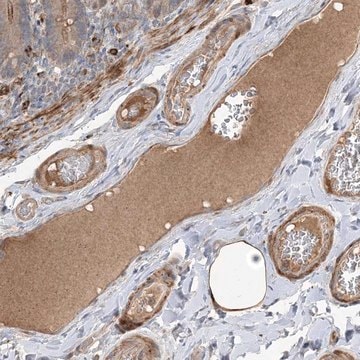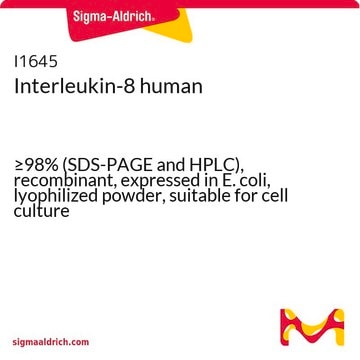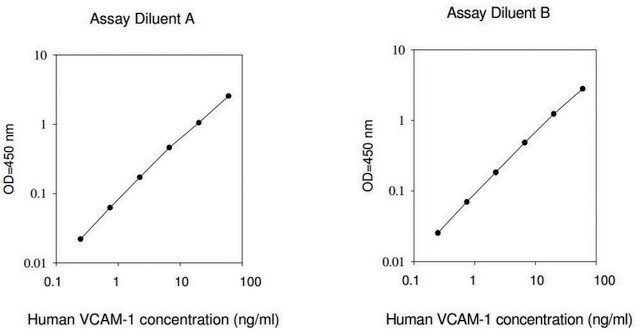MAB5328
Anti-RAGE Antibody, clone DD/A11 or A11
Chemicon®, from mouse
Sinonimo/i:
Receptor for Advanced Glycosylation End Products.
Scegli un formato
653,00 €
Spedizione prevista il28 aprile 2025Dettagli
Scegli un formato
About This Item
653,00 €
Spedizione prevista il28 aprile 2025Dettagli
Prodotti consigliati
Origine biologica
mouse
Livello qualitativo
Forma dell’anticorpo
purified antibody
Tipo di anticorpo
primary antibodies
Clone
DD/A11, monoclonal
mAbA11, monoclonal
Reattività contro le specie
human, bovine, mouse
Reattività contro le specie (prevista in base all’omologia)
rat
Produttore/marchio commerciale
Chemicon®
tecniche
ELISA: suitable
immunocytochemistry: suitable
immunohistochemistry: suitable
western blot: suitable
Isotipo
IgG2a
N° accesso NCBI
N° accesso UniProt
Condizioni di spedizione
wet ice
modifica post-traduzionali bersaglio
glycosylation
Informazioni sul gene
human ... AGER(177)
Descrizione generale
Specificità
Immunogeno
Applicazioni
A previous lot of this antibody was shown to be reactive on paraffin embedded tissue sections.
Immunocytochemistry:
A previous lot was shown to work on cells fixed with ice cold acetone using a Cy3 conjugated secondary antibody.
ELISA:
A previous lot was shown to work on direct ELISA.
Immunoblotting:
Recognizes a band of ~48kDa in bovine lung extract.
Optimal working dilutions must be determined by end user.
Qualità
Western Blot:
1:500 dilution of this lot detected RAGE on 10 μg of Mouse Brain lysates.
Descrizione del bersaglio
Stato fisico
Risultati analitici
Lung tissue, mouse brain lysate.
Altre note
Note legali
Non trovi il prodotto giusto?
Prova il nostro Motore di ricerca dei prodotti.
Codice della classe di stoccaggio
10 - Combustible liquids
Classe di pericolosità dell'acqua (WGK)
WGK 2
Punto d’infiammabilità (°F)
Not applicable
Punto d’infiammabilità (°C)
Not applicable
Certificati d'analisi (COA)
Cerca il Certificati d'analisi (COA) digitando il numero di lotto/batch corrispondente. I numeri di lotto o di batch sono stampati sull'etichetta dei prodotti dopo la parola ‘Lotto’ o ‘Batch’.
Possiedi già questo prodotto?
I documenti relativi ai prodotti acquistati recentemente sono disponibili nell’Archivio dei documenti.
Filtri attivi
Il team dei nostri ricercatori vanta grande esperienza in tutte le aree della ricerca quali Life Science, scienza dei materiali, sintesi chimica, cromatografia, discipline analitiche, ecc..
Contatta l'Assistenza Tecnica.
